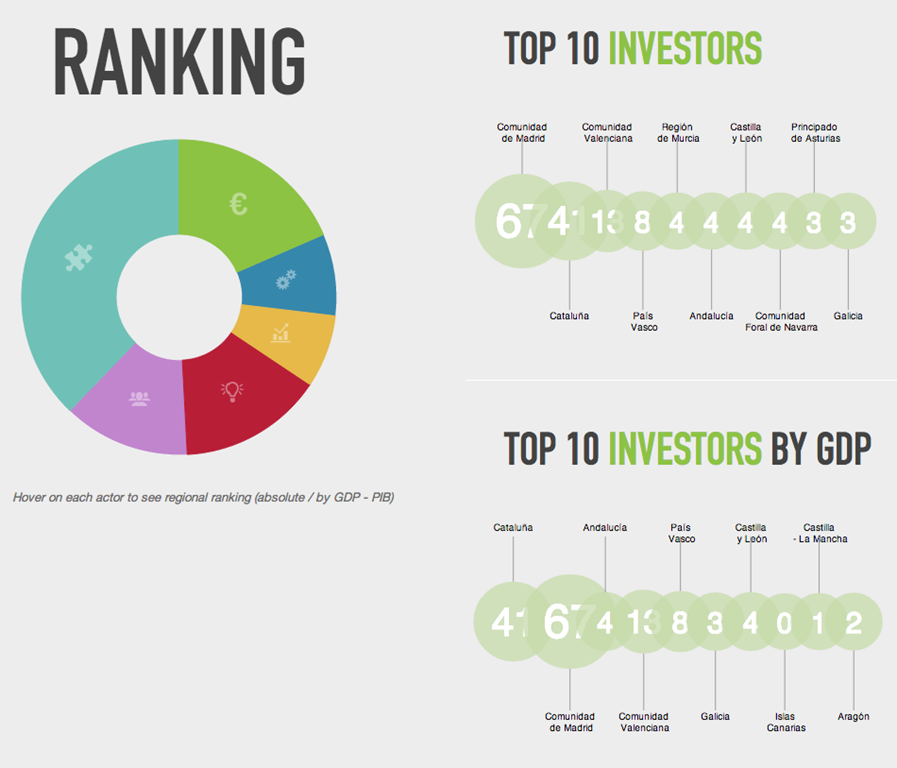Ah, The Owl House, a whimsical animated escapade that beguiles with its captivating narrative and endears with its multifaceted characters. But a question plagues the discerning viewer: can these denizens of the Boiling Isles be definitively ranked? A herculean task, to be sure, fraught with subjective appraisals and the peril of inciting the wrath of ardent fans. Nevertheless, let us embark upon this perilous journey, armed with scrutiny and a dash of audaciousness.
S-Tier: Apex of Character Development and Narrative Significance
First, we arrive at the zenith, reserved for characters who transcend mere entertainment, becoming integral pillars of the overarching storyline. These paragons resonate profoundly with audiences due to their compelling arcs, multifaceted personalities, and indelible impact on the world of The Owl House.
Eda Clawthorne: The Owl Lady, a rebel sorceress with a checkered past, graces this tier. Her sardonic wit masks a deep-seated vulnerability stemming from a childhood curse. Eda’s evolution from a self-reliant rogue to a caring mentor for Luz and a staunch protector of her family is nothing short of inspirational. Her multifaceted nature makes her utterly captivating. The character’s flaws are relatable.
Luz Noceda: Our plucky protagonist, a human yearning for acceptance and adventure, earns her place among the elite. Luz’s unwavering optimism, coupled with her burgeoning magical prowess, renders her an irresistible force for good. Her struggles with self-doubt and her commitment to forging meaningful connections showcase a remarkable depth of character.
King Clawthorne: Don’t let the diminutive stature fool you; King, the self-proclaimed “King of Demons,” boasts an unexpectedly profound backstory that gradually unfolds throughout the series. His initial pomposity gives way to a heartfelt yearning for belonging and a poignant recognition of his true identity. This evolution cements his place in the S-tier.
A-Tier: Compelling Characters with Substantial Contributions
Occupying the next echelon are characters who, while not quite reaching the narrative centrality of the S-tier, nevertheless contribute significantly to the show’s charm and thematic resonance. Their personal struggles, quirky attributes, and notable influence on the main characters make them indispensable elements of the Owl House tapestry.
Amity Blight: Amity undergoes a transformative journey from an antagonistic prodigy to a compassionate and supportive friend (and eventual girlfriend) to Luz. Her struggles to break free from her parents’ oppressive expectations and embrace her true self are both relatable and inspiring. This transformation is believable.
Willow Park: Willow’s journey from a timid and underestimated witch to a confident and powerful plant magic practitioner is a testament to the importance of self-belief and the strength of friendship. Her nurturing nature and unwavering loyalty make her a cherished member of the Hexside squad.
Gus Porter: Gus, the enthusiastic illusionist with a penchant for human culture, brings a lighthearted energy to the group. While initially portrayed as somewhat naive, he demonstrates moments of surprising insight and resourcefulness, solidifying his importance to the team.
B-Tier: Solid Supporting Characters with Memorable Moments
This tier comprises characters who, while not always in the spotlight, consistently deliver memorable moments and contribute to the world-building of the Boiling Isles. Their quirks, comedic timing, and occasional displays of heroism make them valuable additions to the ensemble cast.
Hunter (The Golden Guard): Hunter’s position is complex. His background as a grimly efficient guard is interesting. He serves to add pathos to the narrative. He is a very good character, but lacks complexity.
Lilith Clawthorne: Eda’s elder sister, Lilith, grapples with guilt and redemption after cursing her sister. Her initial allegiance to the Emperor’s Coven gives way to a desire to atone for her past actions, leading to a complex and ultimately sympathetic character arc.
Hooty: Hooty’s bizarre antics and unpredictable behavior make him a source of both amusement and occasional frustration. Despite his eccentricities, he occasionally provides crucial assistance to the main characters, proving that even the strangest individuals can have their moments of utility.
C-Tier: Minor Characters with Limited Impact
Occupying the lower echelons are characters who primarily serve as background figures or plot devices, with limited development or lasting impact on the overarching narrative. While not necessarily unlikable, their presence is often fleeting or inconsequential.
Boscha: Boscha, the archetypal school bully, serves primarily as a foil to Amity and Luz. While her antagonism adds a layer of conflict to the Hexside setting, her motivations remain somewhat shallow.
Principal Bump: The perpetually flustered Principal of Hexside, Bump provides occasional comedic relief and serves as a symbol of the Boiling Isles’ educational system. However, his character remains largely static throughout the series.
D-Tier: Characters Who Detract From the Experience
At the nadir reside characters whose presence actively detracts from the viewing experience. They are generally boring, poorly written, or actively unpleasant.
Jacob Hopkins: A minor human character who appears briefly. His sole purpose is to create a minor conflict. Is not an interesting or worthwhile character.
Thus, we conclude our arduous expedition into the realm of The Owl House character rankings. While disagreements are inevitable, one hopes that this endeavor has provided a modicum of insight into the intricate tapestry of personalities that make this animated series so thoroughly captivating.
